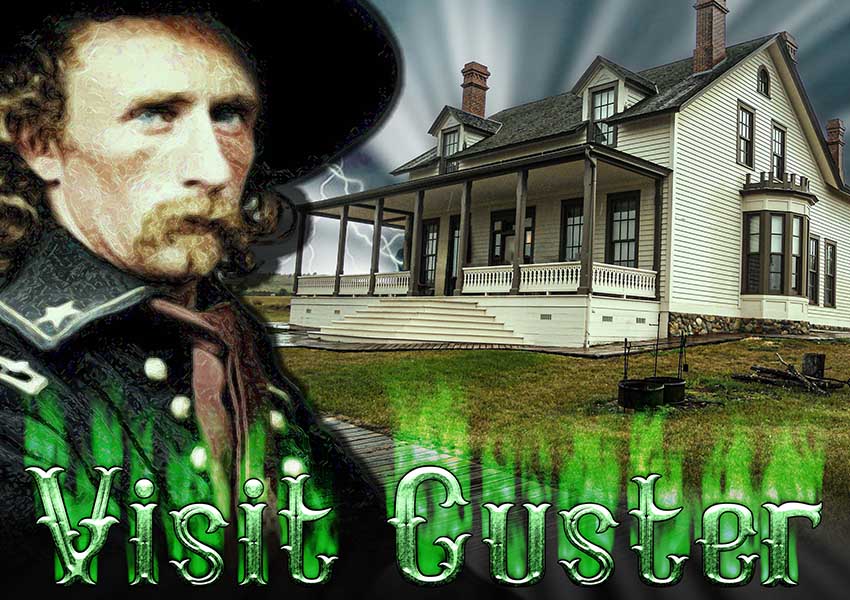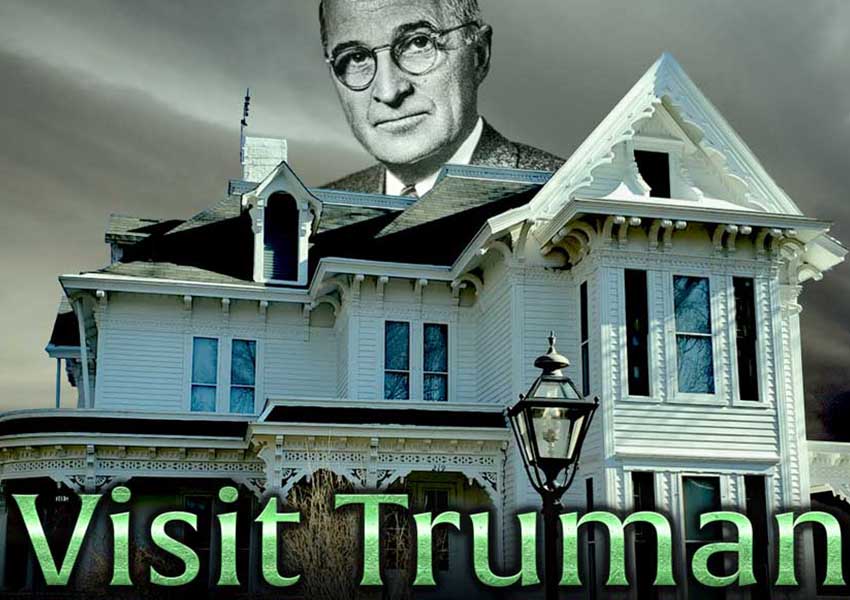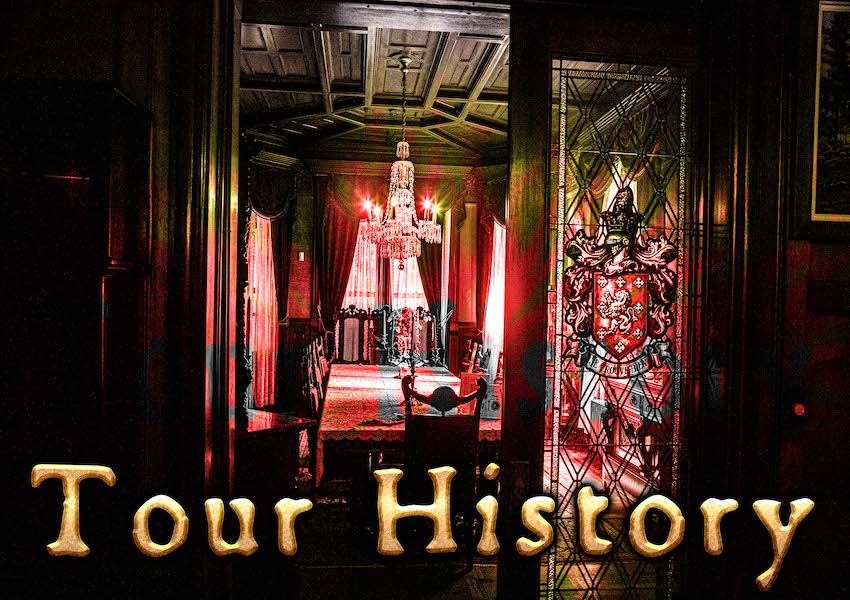Ticonderoga New York
Fort Ticonderoga
I’m dead? You are kidding!
Being dead doesn’t excuse you from your military service.
When officers fraternize with unmarried girls, tragic consequences can happen.
DESCRIPTION
Fort Ticonderoga is part of the Fort Ticonderoga/Mount Independence National Historic Landmark, and was also listed on the National Register of Historic Places, mainly due to the military events that happened here, from 1758 through 1777, and the “fort’s 20th century role as an interpreted historic site.” (npgallery.nps.gov)
Up until 1783, Fort Ticonderoga was considered the “military key to the Champlain Valley.” (npgallery.nps.gov) Control of its location gave the victor tremendous regional power and influence.
Fort Ticonderoga is an authentic 18th century star fort with an inner wall around the center of activity and another one around the entire fort. All has been beautifully restore to represent the time of British occupation, giving the visitor the feeling that the military troops just stepped out for maneuvers.
Tom and I visited this impressive colonial era fort one day in the Fall of 2021. It was like stepping back in time, with volunteers and staff dressed in costumes and British uniforms of the time.
There are programs and events scheduled through the day for visitors. We were able to watch a demonstration of musket fire, and learned about the military training needed for British soldiers.
Like modern military bases, it was like a small city, with all the things needed to live and work here. Officers stayed on the upper floors of the East Barracks, and the enlisted soldiers were in the second floors of the South and West Barracks.
The first floors of the barrack buildings had the services needed for everyday life. There was a supply office, a pantry and bakery, eating areas for both enlisted men and officers, weapon room, a barber, and a room dedicated to uniform needs. We saw two seamstresses working on two uniforms in a room on the first floor of the West Barracks.
In another first-floor room, we saw a staff member dressed as a British soldier taking care of his musket, and other people scurrying around attending to business.
The second floor of the South Barracks had displays explaining the history of the fort. All the floors of the East Barracks are used for a museum, where cannons, military artifacts and more are on display.
Besides having Fort Ticonderoga as a historical gem to treasure, the areas around the fort (including Mount Independence, Mount Defiance, and Mount Hope) have turned out to be pure, undisturbed archaeological treasures as well, providing a trove of information about the people who lives and worked there, from an early French village to the artifacts of the French and Indian War and the Revolutionary War events.
The entire area is much like it was during the Revolutionary War, with little development and intrusion from the modern world. This gives the fort an aura of authenticity.
It has the perfect backdrop for reenactors to replay the historic major skirmishes that took place here during the 18th Century. Three times a year, reenactments take place, to help today’s visitors remember the past victories and defeats when the fort changed nationalities.
HISTORY
The French couldn’t have found a more strategic spot to build the first fortified structure, Fort Carillon, under the direction of the Marquis do Lotbiniere during 1755-1757.
Fort Carillon had a perfect view of the waterways that linked New York City, the Hudson River Valley and western New England to Montreal. Lotbiniere cleverly adapted the designs of the great French Military engineer, the Marquis do Vauban, to their chosen promontory to create their fort, built to stop attacks from the South.
Fort Carillon came into being during the French and Indian Wars, which made the British a bit nervous. Seeing the danger posed by this fort, their first attempt to take it came on July 8th, 1758, when a British force of 15,000 British and Colonial soldiers ended in a total defeat, and resulted in a high casualty rate.
However, a year later, British General Jeffrey Amherst captured the fort effortlessly, renaming it Fort Ticonderoga. The name “Ticonderoga” comes from the Iroquois word tekontaró:ken, meaning “it is at the junction of two water ways.” (Wikipedia)
![]() After the final defeat of France on American soil, a small garrison of forty-nine British soldiers held the fort until May 10th, 1775, when Ethan Allen and The Green Mountain Boys easily took the fort.
After the final defeat of France on American soil, a small garrison of forty-nine British soldiers held the fort until May 10th, 1775, when Ethan Allen and The Green Mountain Boys easily took the fort.
A cannon from Fort Ticonderoga was then hauled to Boston to attack the British stronghold there. After taking control of this area, another Continental Army fort was built on the neighboring Mount Independence. By October 28th, 1776, there were 13,000 colonial soldiers defending both forts.
However, by the summer of 1777, there were only 5,300 soldiers on hand, when 10,000 troops were needed to fully defend both forts. British troops took advantage of the low number of defenders to assault Fort Ticonderoga and take the fort again. American casualties were high.
The British then held Fort Ticonderoga until British forces surrendered to the Americans at Saratoga, New York. British troops burned the forts, leaving them in ruins on their way out, three steps ahead of advancing American forces.
After the Revolutionary War was over, what remained of Fort Ticonderoga became the property of New York State. This property then was turned over to Union and Columbia Colleges, to be used as educational opportunities.
William Ferris Pell bought the property in 1820, stopping the quarrying of the stones of its surviving walls then in progress, but didn’t do any restoration work. It was his descendant, Stephen Pell, who was the mover and shaker responsible for the long process of restoring Fort Ticonderoga, under the direction of Alfred C. Bossom.
While he was at it, Stephen Pell bought the northern half of Mount Independence, while the Board of Historic Sites of the State of Vermont purchased a lot of the remaining land, leaving only a small portion for private ownership to be developed.
The Fort Ticonderoga Association now operates the fort as a tourist attraction, museum, and research center.
Apparently, some of its original occupants still reside here, very pleased that their fort has been fully restored, looking like it did when they were alive. While all of them are restless, they stay here for a variety of reasons.
HISTORY OF MANIFESTATIONS
When a historic structure is reconstructed from ruins or nothing at all, restless spirits who were attached to it while alive may decide to move back inside, searching for peace.
Custer House, ND (After it was reconstructed using the blue print drawn by General Custer himself, and set up with many possessions of the Custer family, this house museum drew in the spectral Custer Family and the spirits of officers who died at Little Bighorn, to bring some comfort and peace to their restless souls.)
Fort Mackinac, MI (When Fort Mackinac was restored as a historic fort museum, restless spirits who were attached to this special place were drawn back into this world to find comfort in the familiar, work through their issues, and sometimes seeking forgiveness.)
Geiser Grand Hotel, OR (During restoration of this very creaky fixer-upper opportunity, spirits attached here were so happy, that they did what they could to encourage the workers, not meaning to scare them.)
Fort Ticonderoga, NY (As the fort was being restored, more and more spirits moved back inside. Oh Joy! The restored fort now has many restless spirits who are happy to find a familiar place to try to forget or work through their issues and find some peace at last).
Fraternizing with civilian women by transitory professional men has caused unhappy circumstances.
Raynham Hall Museum, NY (Two restless female spirits while alive fell in love with British Officers. One woman had to make a painful choice for the greater good of the Revolutionary War, while the other one was abandoned by the British officer who she thought loved her.)
Longfellow’s Wayside Inn, MA (The innkeeper Jerusha fell in love with a British sailor, who said he would come back to marry her, but never did.)
17-Hundred-Ninety Restaurant and Inn, GA (A young, naive maid was seduced by a sailor and became with child. He promised to marry her when he returned but he never did, because he was already married.)
Fort Ticonderoga, NY (A young woman by the name of Nancy Coates who was probably employed at the fort became the mistress of General “Mad” Anthony Wayne. When she thought that she had caught him with another woman, she drowned herself in Lake Champlain.)
Soldiers who die suddenly in battle sometimes don’t want to see that they are now in spirit form, and think they are still alive to continue on in their duties.
USS Lexington, TX (Spirits of soldiers suddenly killed still continue in their service aboard this ship museum.)
Gettysburg Battlefield, PA (Spirits of Confederate soldiers are still present in the attic of the Farnsworth Inn, ready to shoot at any Union in sight, not wanting to see that they themselves are dead.)
USS Hornet, CA (Spirits of the ground crew who were decapitated from loose landing cords don’t want to admit that they died, and continue on in their duties.)
Fort Ticonderoga, NY (There is at least one British soldier here who doesn’t want to admit that he died, and he continues to serve King and country, even while putting up with the living.)
Being buried with no recognition as to who you were can cause restlessness.
Mission San Miguel, CA (The family and servants that were cruelly slaughtered, were buried in a mass grave, which didn’t help their restlessness.)
Manassas National Battlefield Park, VA (It is considered a memorial park because so many participants were buried where they fell.)
Gettysburg Battlefield, PA (Many Confederate soldiers were buried where they fell. Many have bonded to their last position on the field of battle where they met their violent end.)
Fort Ticonderoga, NY (During the years when the fort was fought over, many soldiers died and were buried on the fort property. Many of their spirits have come home to reside in the restored fort.)
A major defeat in life that is hard to forget can keep a spirit restless.
Captain Benson Bailey House Museum, NE (The spirit of Captain Bailey is restless because he is mad at himself for not figuring out that his wife was poisoned by his psychotic neighbor, which led him to have the same fate.)
Fort Pulaski, GA (The spirit of a Confederate Officer rallies his troops in defense of the fort when the right environmental stimulus is provided. Perhaps, he is trying to undo what he thinks was a shameful event; having to surrender to Union forces.)
Castillo de San Marcos, FL (It was a huge mistake for Captain Abela to have an affair with Colonel Garcia Marti’s wife, Delora. Both paid a cruel price; the young officer and the married lady he loved.)
Fort Ticonderoga, NY (One of the commanders who lost the fort to the advancing enemy during different occupations of the French, British and Continental Army feels responsible for this loss, and is restless.)
MANIFESTATIONS
Fort Ticonderoga offers the full paranormal sports package. Spirits here feel at home and are willing to share with the living, though they let them know of their presence, sometimes in obvious ways.
The Spirit of the West Barracks Soldier
He has been seen wearing a British uniform, standing in the second floor Barracks area.
One volunteer saw a gray mist move across the room, disappearing into the wall.
He likes to walk across the attic above the second floor, to spook the living who happen to be standing there.
The Spirit of the East Barracks Officer
This spirit of an officer may once have been either a French or British or Continental Army commander, who has the bad luck to fail to stop the advances of the enemy, who took over this strategic fort.
In an attic window in the East Barracks Museum, he makes his presence known.
A volunteer was standing in the courtyard by the museum, when she heard a rapping on the window above. She looked up to see the shadow of a man, wearing an 18th Century Officer’s large hat, looking at her.
He also makes his presence known by lighting up the room at the end of the attic.
The Spirit of the South Barracks Soldier
He has been seen wearing a British uniform.
He keeps an eye on visitors, staff and paranormal investigators.
He isn’t afraid to express his opinions in EVPs, and can even be heard by the living in real time.
For chuckles, he likes to walk in the attic above the living.
The Spirit of Nancy Coates
Her apparition has been seen looking out the window of the East Barracks, and moving around the fort.
She has been seen revisiting the place where she drowned herself, Lake Champlain.
She has been seen running in the water, and floating, sobbing all the way.
The Personal Appearances of Many
Apparently being dead doesn’t excuse a spirit from reporting to duty. Fortunately, it seems that all nationalities get along fine now, sharing the fort with former enemies.
The living have plenty of company from both seen and unseen spirits who are buried around the fort.
Shadow people and see-through apparitions dressed in their French, British, and Continental Army uniforms, as well as other spirits who worked here, are not afraid to appear in front of the living, going about their business.
“Balls of light” or “orbs” have been seen around the fort by the naked eye.
Mists are seen in the buildings as well.
Auditory Activity
A full plate of sounds have startled volunteers and visitors alike.
Outside, hoofbeats made by spectral forces or residual energy can plainly be heard.
One of the favorite ways spirits get their chuckles is by allowing the living to hear their footsteps.
Intelligent, disembodied voices answer the questions of people through EVP recordings, or directly. Unseen spirits talk among themselves, sometimes overheard by the living who are present.
PARANORMAL FINDINGS
Since the days when Fort Ticonderoga was being restored, restless spirits have decided to find peace by residing here amongst the living. Needless to say, volunteers, reenactors, staff and visitors alike have all had many personal experiences.
Volunteers and staff have been made uneasy by the boatload of activity they’ve experienced, so The Fort Ticonderoga Association began to let paranormal investigators inside to find out if their fear was justified. No one has left without some hard evidence.
For example, TAPs (Ghost Hunters) were invited to investigate, so they filmed a show: Season 6, Episode 2, entitled Fort Ticonderoga. They had intelligent interactions, and were amazed in the Eastern Barracks where the officer spirit lit up the room at the end of the attic, which was even seen by team members across the yard in the West Barracks.
When Jason and Steve met with curator Christopher Fox during the “reveal” of their Fort Ticonderoga investigation, Jason stated, “I firmly believe that you have paranormal activity going on here.”
Other groups have followed, and nothing threatening has ever been discovered, so the living know that they are sharing the fort with benign spirits, who are obviously now a part of the Fort Ticonderoga Museum.
STILL HAUNTED?
A Big Yes Indeed!
Restless spirits of fallen soldiers who have been forgotten because their graves are unmarked have found a place to belong. Other soldiers have come back to a fort they enjoyed while alive and continue on in their duties. Some spectral officers can find peace from the sorrows of old and disappointing events by leading rank-and-file spirits who now reside here, remembering better times.
LOCATION
102 Fort Ti Road,
Ticonderoga, New York 12883
Fort Ticonderoga is located on a promontory (rocky ledge) on Mount Independence at the northern end of Lake George, with a view of a section of Lake Champlain and the estuary of Ticonderoga Creek.
Our Haunted Paranormal Stories are Written by Julie Carr
Our Photos are copyrighted by Tom Carr
Visit the memorable… Milwaukee Haunted Hotel


















































































































































